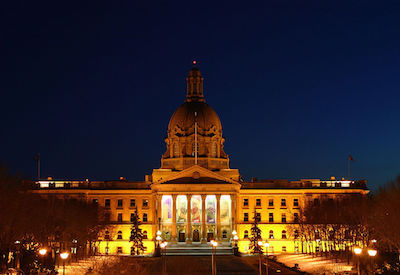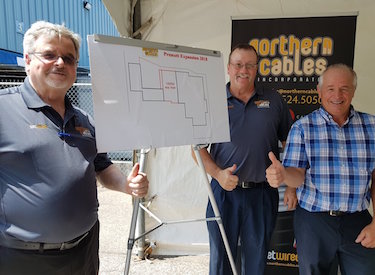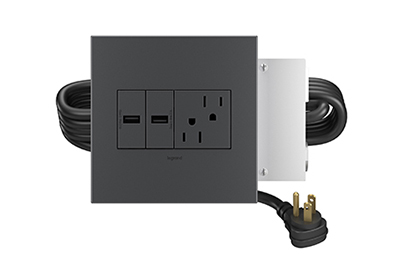New Alberta Energy Efficiency Code

Feb 24, 2019
The 2017 edition of the National Energy Code for Buildings (NECB) was adopted this month by provincial regulation. Also adopted this month: the 2019 editions of the Alberta Building Code and Alberta Fire Code, based on the 2015 editions of the National Building Code and National Fire Code.
The Energy Code deals with the following building components:
1. Building envelope — the separation between the interior and the exterior environments of a building, comprising of its exterior walls, roof, foundation and slab-on-ground
2. Lighting — interior and exterior lighting components and systems connected to the buildings electrical service
3. HVAC — heating, ventilating and air-conditioning, including such items as ducting and piping, controls, ventilation and related equipment
4. Service water heating — systems used for the supply of water for purposes other than space heating
Examples of increased energy efficiency requirements in Alberta’s safety codes
• Energy-efficiency requirements for lighting, building envelope, insulation, windows, heating, ventilation and air-conditioning and service water heating in buildings and housing. (National energy code for buildings and Alberta building code for houses and small buildings)
• Improved energy efficiency of elevating systems that puts previously unused power back into the system for other functions that results in 70% or greater energy efficiency savings (Elevating devices code)
• Updated electrical codes for renewable energy systems, including:
o Fuel cell systems — fuel cells create electrical electricity from a chemical reaction
o Wind systems — energy harvested by wind turbines and converted to electrical energy
o Hydrokinetic systems — energy gathered from the flow of water (hydro dams, tidal)
• Boilers and pressure vessels codes, used for containers designed to hold gases or liquids at a pressure substantially different from the outside temperature, are undergoing innovative changes in design for energy efficiency. Oil refineries, mining operations, petrochemical plants, refrigeration units, power generation, storage of liquefied gases and many other applications are using clean-burning fuel, extraction processes, waste heat recovery or recycling. Alberta is one of the world’s largest manufacturers of pressure vessels for use in Alberta and world export. (Pressure vessels code)
Alberta’s Electrical Code Regulation now adopts the following two codes:
• CSA- C22.1-18 — Canadian Electrical Code, Part I (twenty-fourth edition)
• Alberta Electrical Utility Code — 5th Edition, 2016
The Code for Electrical Installations at Oil and Gas Facilities is no longer adopted in Alberta as the Canadian Electrical Code, Part I (24th edition) now regulates this work.
















